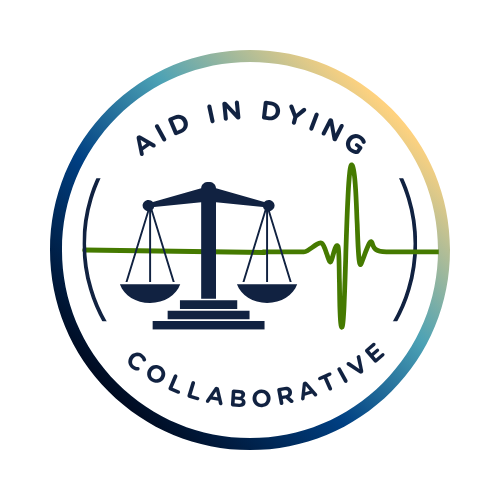Get the Facts.
The practice of aid-in-dying medicine is a legitimate end-of-life palliative care option, and was first implemented in Oregon in 1998. Since then, more US jurisdictions have made the practice possible. The providers who choose to practice aid-in-dying medicine do so to support their patients who want to qualify and potentially use the medication.
The process to qualify for aid-in-dying medicine works as intended and for whom intended.
Basic requirements:
Every US aid-in-dying law shares the same baseline requirements. In order to start the qualification process, a patient must meet these minimum prerequisites:
- be an adult.
- have a clinically-confirmed terminal condition and a six-month-or-less prognosis.
- have and maintain sound mental capacity.
- have physical capacity for ingestion.
- be making a voluntary request for the medication.
Important note…
State to state, aid-in-dying laws do vary. As an example, most states require residency, waiting periods may differ state to state, and so forth. But the following is true for every US jurisdiction where aid-in-dying medicine is practiced:
- All aid-in-dying laws forbid the use of IV administration or lethal injection.
- The medication may only be taken into the digestive system (by mouth, feeding tube, ostomy, or rectal catheter).
- Active euthanasia for human beings is forbidden in the US and is not part of the practice of aid-in-dying medicine.
Check enacted laws to learn more about a specific jurisdiction, or reach out to a local state organization if there is one. See FAQs for more information.
Visit the Academy of Aid-in-Dying Medicine for clinical informtion and support.
